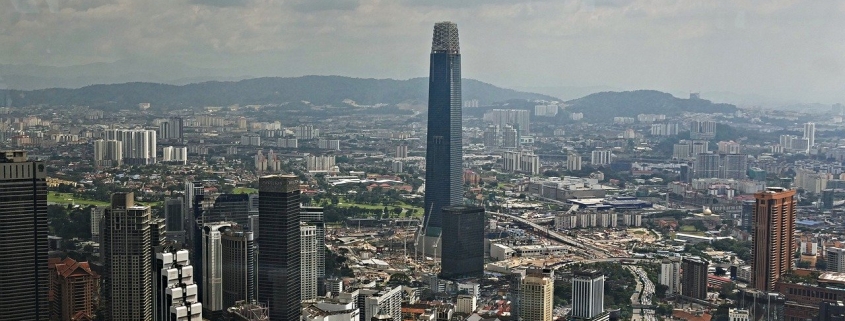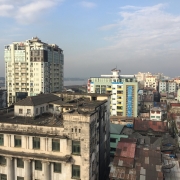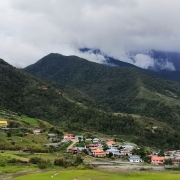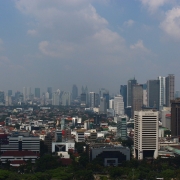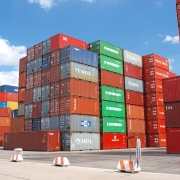Why did Konfrontasi happen?
Topic of Study [For H2 History Students]:
Paper 2: Regional Conflicts and Co-operation
Source Based Case Study
Theme III Chapter 1: Inter-state tensions and co-operation: Causes of inter-state tensions: territorial disputes
What is the Konfrontasi?
Also known as the “Confrontation”, it was Indonesia’s response to the formation of the British-influenced Federation of Malaysia. During the decolonisation process in Southeast Asia, Malaya became an independent member of the Commonwealth of Nations on 31 August 1957.
In May 1961, Malayan Prime Minister Tunku Abdul Rahman announced a proposal to form the Federation of Malaysia, which included Singapore and the British colonies in Borneo (Sabah, Sarawak and Brunei). Initially, the Indonesian government did not raise any concerns regarding this proposal.
However, Indonesian President Sukarno criticised the formation of Malaysia, claiming that it was a form of British-led “neo-imperialism” that threatened the interests of Indonesia. On 20 January 1963, Indonesian Foreign Minister Dr Subandrio announced a policy of Konfrontasi towards Malaysia.
Attempts to de-escalate tensions: Manila Accord
Nevertheless, both parties sought to defuse tensions through peaceful diplomatic means. In May 1963, both Sukarno and the Tunku held talks in Tokyo, Japan. The Tunku was in consensus of holding a referendum before the formation of the Federation, emphasising that the will of the people in the Borneo Territories was to be respected.
On 31 July 1963, the Manila Accord was signed between Malaya, Philippines and Indonesia. The Accord was initiated by the Philippine President Diosdado Macapagal. Its aim was to take into account the referendum in North Borneo and Sarawak, whether they supported their entry into the Federation of Malaysia.
In this context, the three Ministers supported President Macapagal’s plan envisaging the grouping of the three nations of Malay origin working together in closest harmony but without surrendering any portion of their sovereignty. This calls for the establishment of the necessary common organs…
The Federation of Malaya expressed appreciation for this attitude of Indonesia and the Philippines and undertook to consult the British Government and the Government of the Borneo territories with a view to inviting the Secretary-General of the United Nations or his representative to take the necessary steps in order to ascertain the wishes of the people of those territories…
Excerpts from the Manila Accord, 31 July 1963
However, Indonesia accused Malaysia of not abiding by the Manila Accord as the Tunku signed the London Agreement on 9 July which officially meant that the Federation was to be formed on 31 August.
An “Undeclared War”: The Confrontation
On 27 July 1963, President Sukarno gave a rousing speech and announced the Ganyang Malaysia (Crush Malaysia) campaign.
After it has become clear that our efforts have been rejected and responded to with humiliation and an act of hostility, as for instance the call for a general mobilization;
I give the command to the twenty-one million volunteers, who have already registered their names, to increase the strength of resistance of the Indonesian revolution and support the revolutionary peoples of Malaya, Singapore, Sarawak and Sabah to dissolve the puppet state of Malaysia.
Indonesian President Sukarno’s speech, May 1964
Two days after the formation of the Federation, the militarised confrontation began in Singapore and the Malaysian Peninsula. For instance, Singapore suffered a series of bomb explosions, including the MacDonald House incident (see featured video) on 10 March 1965.
The end of the Konfrontasi: 30 September Movement
The Konfrontasi came to an end partially due to the internal political division in Indonesia. On 1 October 1965, a failed coup attempt led by Indonesian military personnel had caused the deaths of six generals. Subsequently, General Suharto, the commander of the Indonesian reserve army, purged the communist threat (Partai Kommunis Indonesia, PKI) and replaced Sukarno as President.
In 1966, the newly-formed Indonesian government extended its offer for peace talks with Malaysia. Eventually, then-Deputy Prime Minister of Malaysia, Tun Abdul Razak, and then-Indonesian Foreign Minister Adam Malik signed a peace treaty (Jakarta Accord) on 12 August 1966, thus marking the end of the Konfrontasi.
What can we learn from this article?
Consider the following question:
– How far do you agree that the breakdown of the Indonesian-Malaysian relations was due to ideological differences [to be discussed in class]?
Now that you have covered the summary of the Confrontation, it is important that you apply your knowledge to source-based case study questions. You can also join our JC History Tuition. During our lessons, you will receive timeline and summary notes as well as exam-driven class practices to refine your reading and writing skills.
The H2 and H1 History Tuition feature online discussion and writing practices to enhance your knowledge application skills. Get useful study notes and clarify your doubts on the subject with the tutor. You can also follow our Telegram Channel to get useful updates.
We have other JC tuition classes, such as JC Math Tuition and JC Chemistry Tuition. For Secondary Tuition, we provide Secondary English Tuition, Secondary Math tuition, Secondary Chemistry Tuition, Social Studies Tuition, Geography, History Tuition and Secondary Economics Tuition. For Primary Tuition, we have Primary English, Math and Science Tuition. Call 9658 5789 to find out more.

